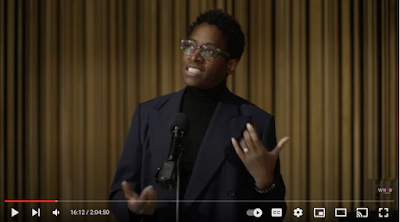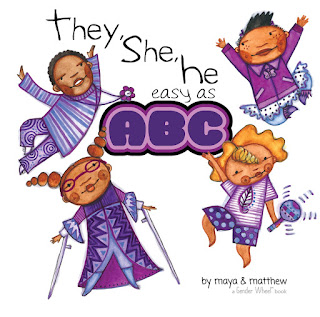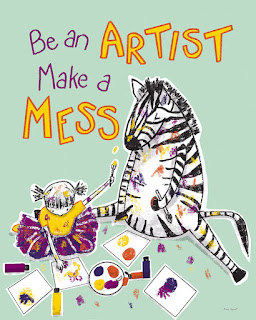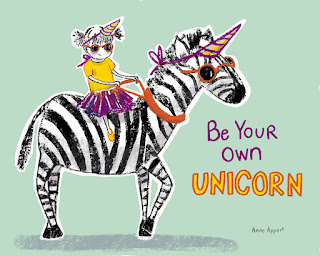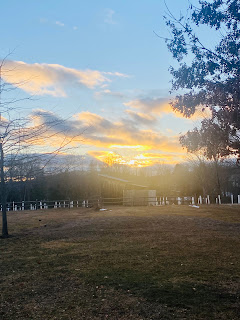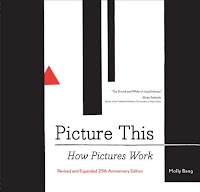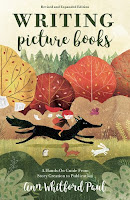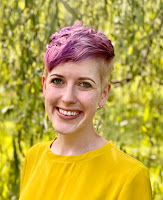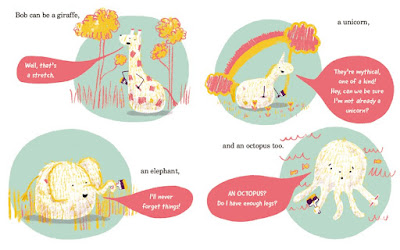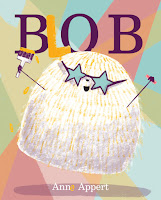Maya's picture book They, She, He, Easy as ABC was on PEN America's top ten list of banned picture books for the 2021-2022 school year. We connected to find out more and get the scoop behind the book banning...
Lee: Hi Maya! What’s your mission/vision as an artist, and as a publisher?
Maya: In 2009, my partner and I cofounded Reflection Press, a small, Queer/Trans, POC press committed to equity and freedom. We published the social justice curriculums I developed and taught over the years for educators and professors. Then in 2017, we needed books about gender for our four year old. So using my many years in the children’s book industry coupled with my gender curriculum, we started making picture books! We’re still at it.
We recently created an imprint for our growing gender materials called the Gender Wheel World. This year we’re producing another 3 books and an educational tool that will fill out the foundation of our curriculum along with our video series and other books. We’re very excited.
Lee: Can you pitch us the book that was banned?
Maya: They, She, He easy as ABC celebrates diversity, while learning the alphabet. It lets kids know that their personal uniqueness is valued and just as necessary and fundamental as the letters of the alphabet. The text is rhyming and playful and the imagery keeps names, clothes, hair and behavior fresh and diverse as kids learn to use multiple pronouns.
It’s a super sweet book that uses the same characters from our They, She, He, Me/Free to Be, a book about breaking down gender stereotypes using pronouns. We were surprised by the intense attacks against ABC. A lot of it was the usual hateful rhetoric, but we were impressed when one called us the “alphabet mafia.” What does that even mean?
Lee: What’s your strategy for putting all the noise of the world aside so you can create?
Maya: That’s a great question. I’ll be honest, last year threw me for a loop. I was disoriented by the aggressive, organized and pointed hate. It was like old ghosts came haunting. Thankfully, the work is rooted in holistic, healing frameworks and geez, did I turn to them to hold me. Somatic Experiencing ™ with Peter Levine, my daily practice called I See Peace, the 5 Agreements with Don Miguel Ruiz, and daily meditation. I’m still employing them all to keep my center as the attacks continue. In a strange twist, “the noise of the world” is encouraging me to call forward the healing frameworks of our gender work.
Lee: You use crowdfunding as part of your business model - talk to us about that…
Maya: It’s a whole conversation! We’ve used crowdfunding to jumpstart new projects in the past. I thought we had moved beyond it to be honest. But everything changed last year with the book bans, educational gag orders, anti-LGBTQI+ legislation… our book sales plummeted to levels we’ve never seen in all our years having a press.
We had to have a serious sit down (or ten) about whether it was all even possible, or worth it. We’re still figuring it out. What it showed us though, is how committed we are to our press, our work, and the kids we serve. To keep working we created a presales event for our latest book that includes special offerings not usually available, as well as the opportunity to contribute to our work.
We have two more books coming out this year and plans to open up bigger conversations about how to bring a holistic approach of gender into the classroom. But what if our books are no longer allowed in the classroom? Where to then? Presales and crowd-funding aren’t going to cut it. How do we keep flowing so we can support our kids through this political onslaught? The conversation continues…
Lee: Tell us about the new project - and why you’re excited about it!
Maya: I wrote and am currently illustrating The Gender & Infinity Book for Kids. Rooted in the Gender Wheel Approach, this framework fundamentally shifts the gender conversation away from definitions and social constructs, and instead centers kids first and foremost in the wonder and awe of nature’s infinite diversity. This is seen in plants, animals, birds, fish, bugs and humans. The kids are then confronted by the two very small gender boxes that all of nature must squeeze into, including themselves.
Two of the kids remember the pressure to conform to gender stereotypes before finding their own comfort and reflection in nature’s necessary and awesome diversity.
A discussion guide in the back provides facts about body and gender diversity in nature and a holistic approach to gender that deepens the story and experience with each reading. Nature’s nonbinary reality is becoming more and more evident. This kind of information helps keep our kids strong and supports them from internalizing damaging political rhetoric.
You can learn more about it here:
https://www.genderwheel.com/crowdfunding/projects/the-gender-and-infinity-book-for-kids/
Lee: Anything else you want to tell our audience of people who write, translate, and illustrate works for children and teens?
Maya: It’s working! Slowly, but surely, children’s books are bringing new ideas, necessary reflections and fresh paths to our kids. I’ve seen freedom and equity move ever closer over my last 30 years in the industry. It’s a long dance, but the song is getting louder! Lean into the healing this year. Now is the time. You rock! Blessings OUT. xo maya
Lee: Thanks, Maya!
And for everyone reading,
Illustrate, Translate, and Write On!
Lee
p.s. - Have you had your book for kids or teens banned? Want to share your perspective, your vision, your insights? Let me know, and we'll continue to share some of these 'Behind the Book Banning' stories here.
